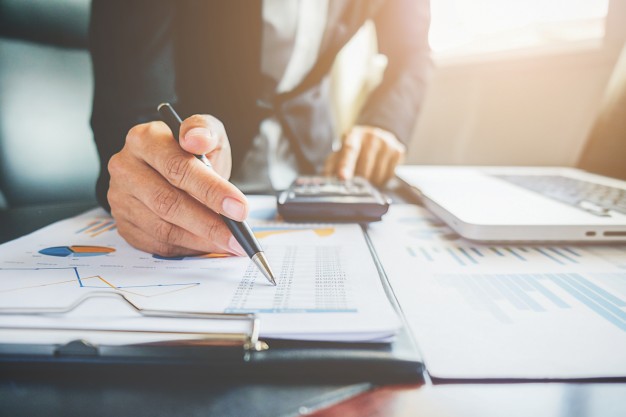
Table of Contents
Receivables
What are Receivables?
Receivables refer to debts that customers owe to a company for a specific commodity or service for which the due payment hasn’t been made. This is also known as accounts receivables. This is a benefit that a firm extends to its customers and is recorded as current assets on the Balance Sheet. Receivables are an important element in the firm’s working Capital needs. A firm can reduce the credit terms for accounts receivable or take more time to pay the amount in its account payable to improve the flow of cash. This helps shorten the Cash Conversion Cycle. Moreover, a firm can also sell the receivables at a discount to a ‘factoring company.’ This company will then take the complete responsibility for collecting cash owed by the customer and also takes the risk of Default. This kind of agreement is known as accounts receivable financing.

Major benefits of managing receivables efficiently are that it helps gather extra capital to support operations and also lowers the company’s net debt. This involves following up with the customer who have not paid their due amount and also formulating a plan with them to make the payment.
Receivables Ratios
Analysts consider various ratios to understand and measure how effectively a form extends credit and also collects debt on the same. The two major ones are mentioned below:
1. Receivables Turnover Ratio
The Receivables Turnover Ratio refers to the net value of credit sales during a time period divided by the average accounts receivable during the same period. The average accounts receivable is calculated by adding the account receivable value to the start of a desired period of their value to their actual value at the end of the period and dividing by the sum of two.
2. Day Sales Outstanding (DSO)
The DSO refers to the average number of days it takes to collect payment after a particular sale is done.
Talk to our investment specialist
How are Receivables Recorded?
When a firm sells goods or services, the particulars of the transaction is recorded in the balance sheet. For instance, company ABC sells a host of goods including some sold for 50% credit. This indicates that 50% of ABC’s sales are in receivables which means that the cash has not been received for the goods sold but it is still recorded on the balance sheet as revenue. A receivable will not become cash until the amount is paid.
Note that in this case, instead of an increase in debit to cash at the time of selling, ABC debits accounts receivable and then credits the sales revenue account. Suppose the customer pays the due amount in the time period set by ABC, the receivable is converted into cash and the same amount received is further deducted from the receivables column. Here the entry would be debit to cash and credit to the accounts receivables column.
All efforts have been made to ensure the information provided here is accurate. However, no guarantees are made regarding correctness of data. Please verify with scheme information document before making any investment.









